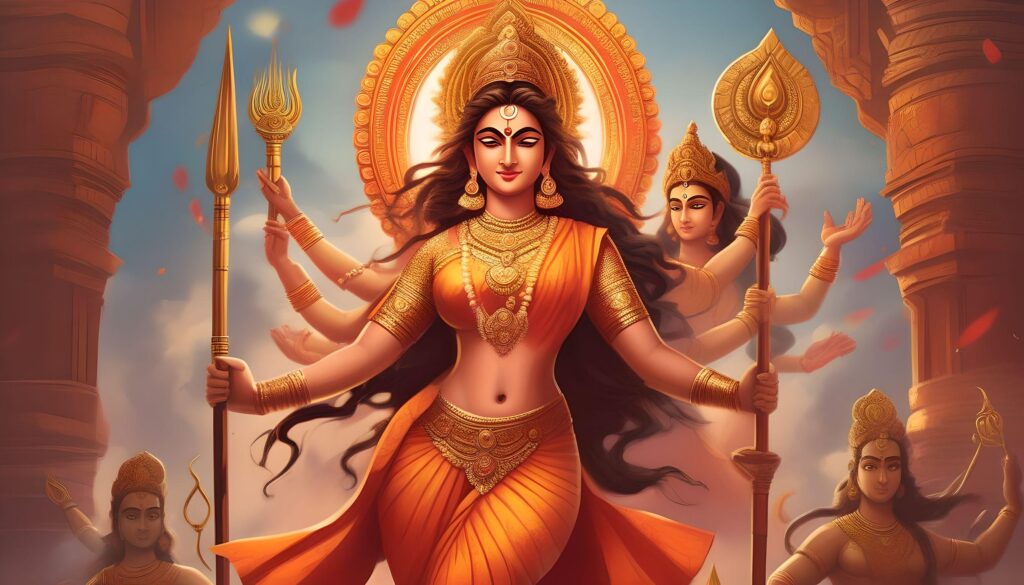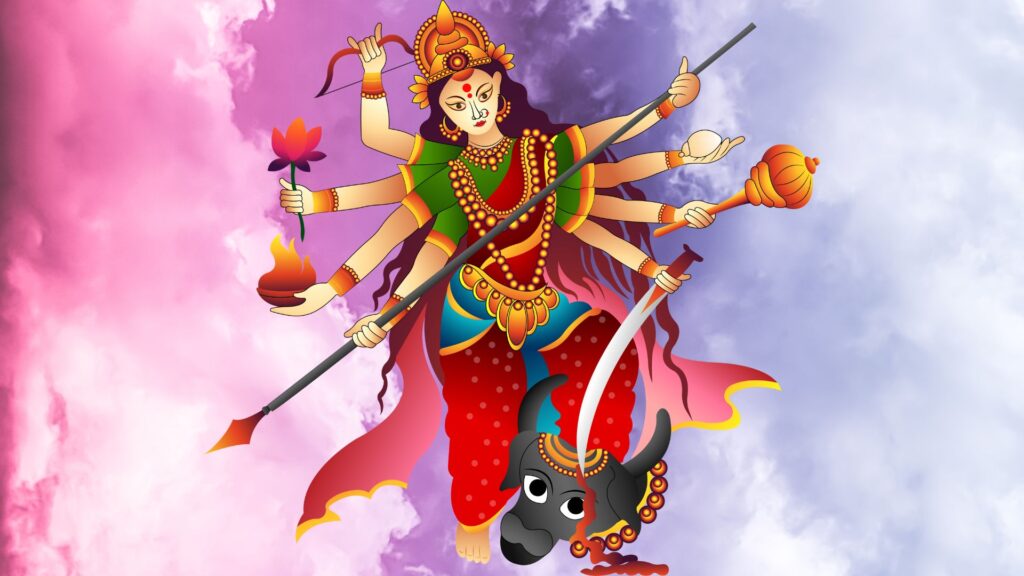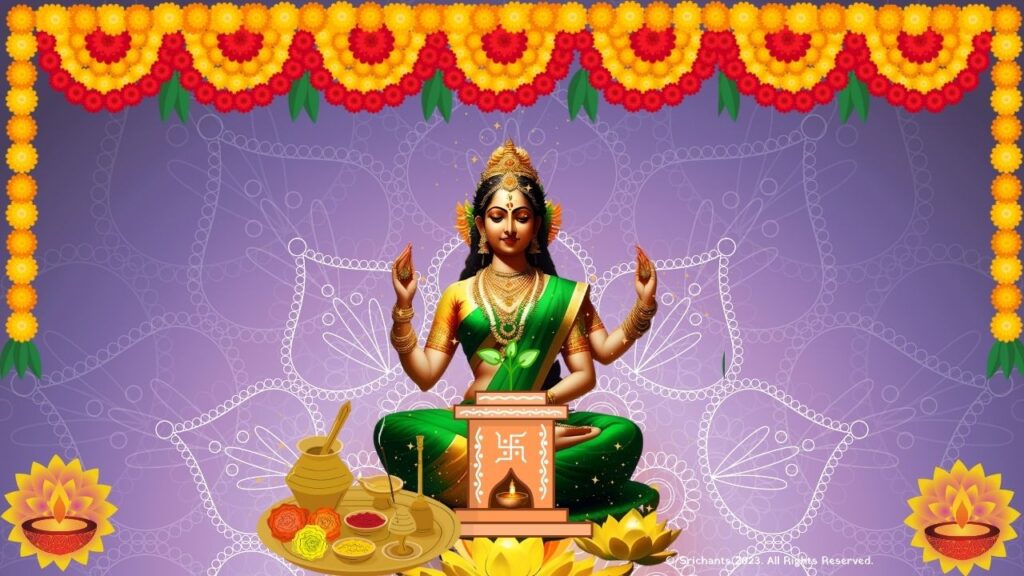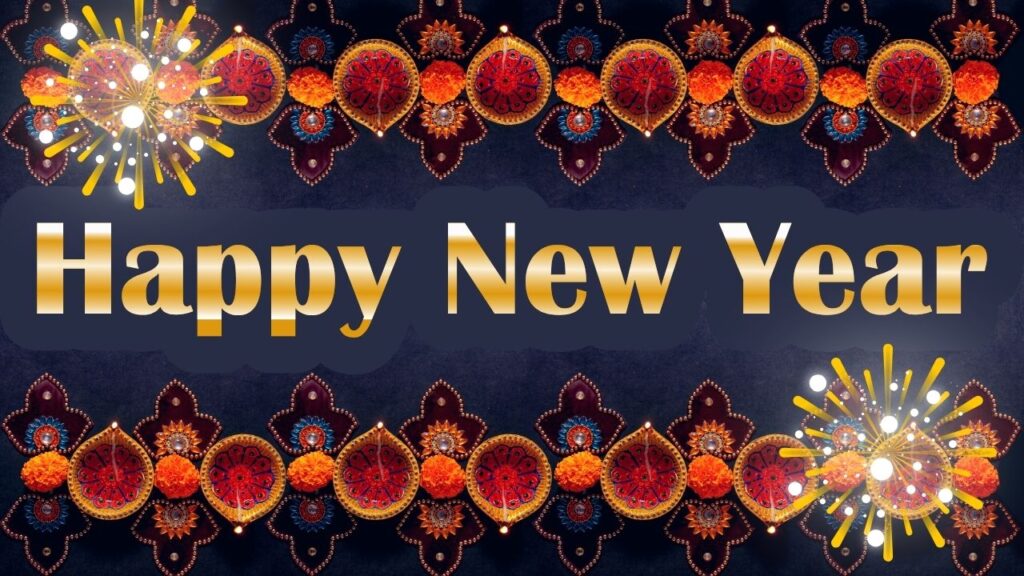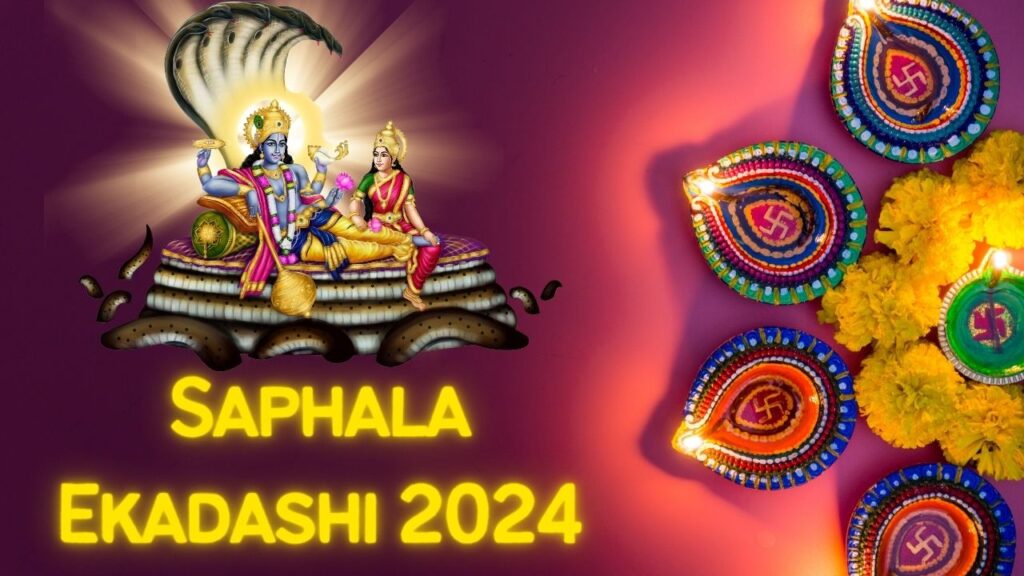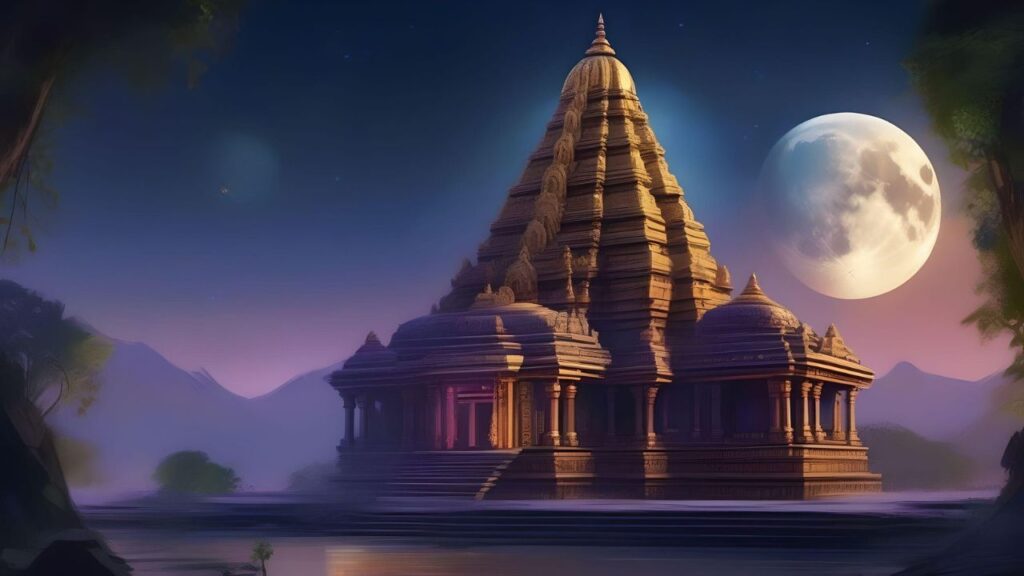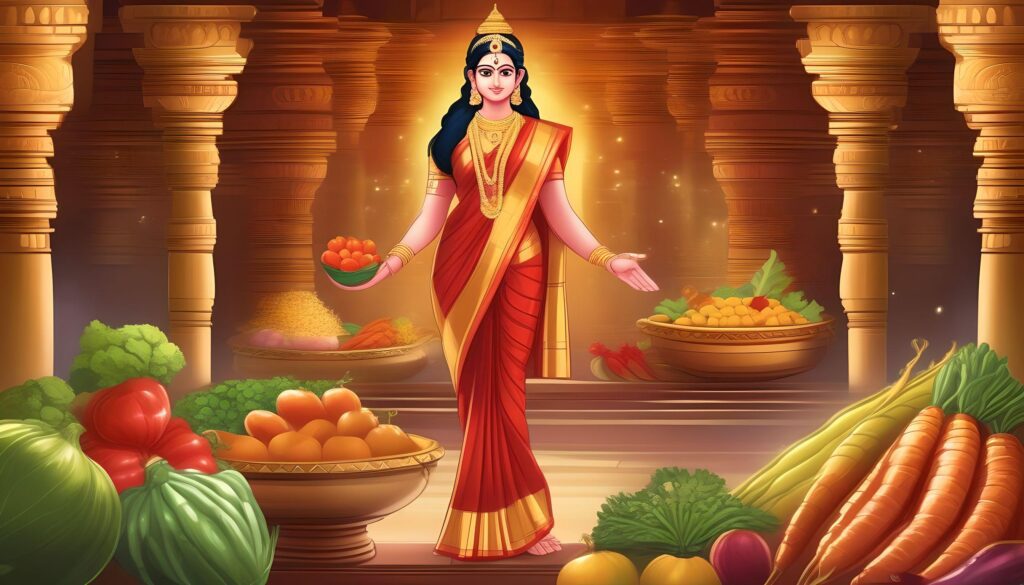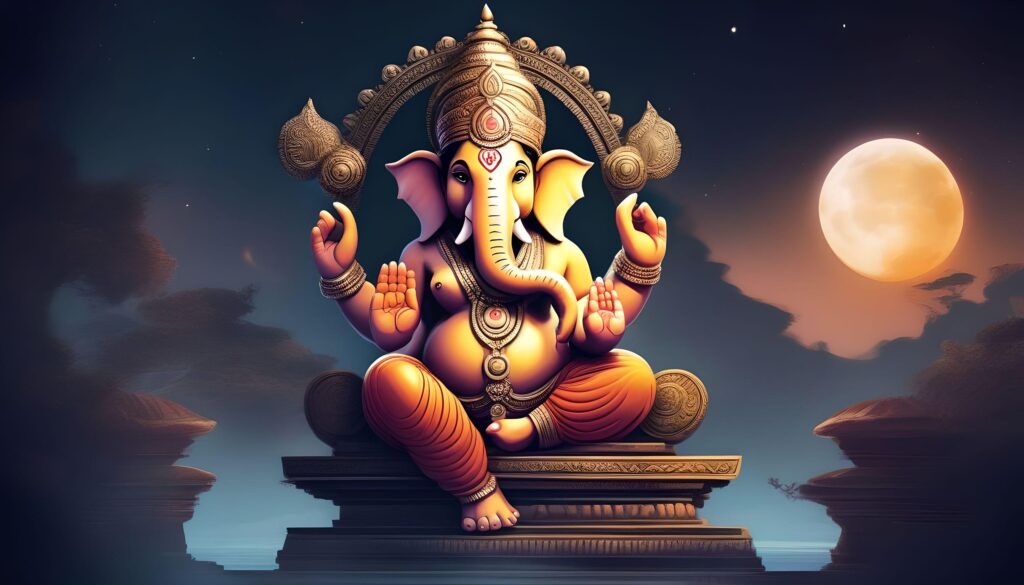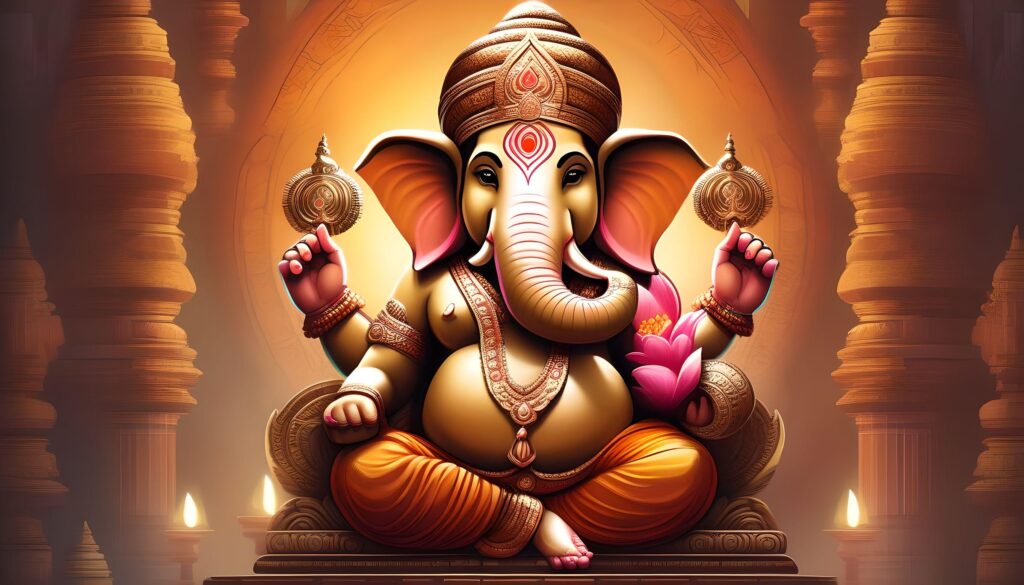Magha Ghatasthapana: 9 Days of Worship of Goddess Shakti
A significant Hindu festival, Magha Ghatasthapana, is alternatively referred to as Magha Gupta Navratri. Its solemn observance is the veneration of Goddess Shakti. Taking place from the first day (Pratipada) to the ninth day (Navami) during the ascending phase of the moon in the month of Magha, which occurs between January and February, this nine-day festival is observed. The Magha Ghatasthapana is of great significance to tantriks, Sadhaks, and individuals in search of resolutions to their materialistic predicaments.
The Significance of Magha Ghatasthapana
During the Magha Ghatasthapana, Goddess Durga is venerated in nine distinct forms: Katyayani, Kalaratri, Chandraghanta, Kushmanda, Brahmacharini, Siddhidatri, and Maha Gauri. It is believed that attending this festival will help one overcome obstacles and bestow the bounties of triumph. Although Ghatasthapana is primarily linked to the Sharad Navratri festival, it holds significant importance as a ritual during the Magha Gupta Navratri as well.
Magha Ghatasthapana is observed primarily in Uttar Pradesh, Himachal Pradesh, Punjab, Haryana, and Uttarakhand, among other northern Indian states. It occupies a significant position in the sentiments of followers who strive to access the sacred power of Shakti in order to surmount obstacles and achieve spiritual development.
Rituals of Magha Ghatasthapana
During Magha Ghatasthapana, devotees take a purifying bath before sunrise. They prepare for the puja by cleaning and embellishing the place of worship following the conclusion of their morning rituals. Devotees venerate an idol of Goddess Durga adorning a red cloth, supplemented with rice, vibrant flowers, dhoop (incense sticks), and other revered objects. Chonris, bindis, and bangles are additional symbols of devotion that devotees offer to the Goddess.
From Pratipada to Navami, the nine-day ritual is performed, during which each day is devoted to the veneration of a distinct manifestation of Goddess Durga. The daily puja rituals consist of the following:
Day 1: Pratipada – Ghatasthapana and Shailputri Puja
Devotees observe the Ghatasthapana ritual on Pratipada, the initial day of Magha Ghatasthapana, which signifies the start of Navratri. Ghatasthapana, which invokes the goddess Shakti, ought to be executed in the favorable hour of the first one-third of the day, while Pratipada is in effect. Alternately, Ghatasthapana may be performed during the Abhijit Muhurta if this time is unavailable. Despite this, Nakshatra Chitra and Vaidhriti Yoga should be avoided throughout this ritual.
Day 2: Dwitiya – Brahmacharini Puja
During Dwitiya, the second day, devotees engage in the veneration of Goddess Brahmacharini. As the embodiment of wisdom and knowledge, Brahmacharini is venerated for her patronage in matters pertaining to spiritual development and enlightenment.
Day 3: Tritiya – Chandraghanta Puja
Devis Tritiya, the third day, is devoted to the veneration of Goddess Chandraghanta. Her blessings are sought for protection against malevolent forces and the achievement of peace, as she is renowned for her valor and fortitude.
Day 4: Chaturthi – Kushmanda Puja
On the fourth day of Magha Ghatasthapana, Chaturthi, devotees pay homage to Goddess Kushmanda. It is postulated that her smile possesses the potential to manifest the entirety of the universe. Those who are devoted beseech her for fortitude, vitality, and general health.
Day 5: Panchami – Skandamata Puja
Observing Panchami entails paying homage to Skandamata, the goddess who is considered the mother of Lord Kartikeya. She represents protection and maternal affection. Those who place their trust in her desire for the prosperity and welfare of their offspring.
Day 6: Shashthi – Katyayani Puja
Shashthi, the sixth day, is designated for the veneration of Goddess Katyayani. She is revered for her formidable stature and her power to vanquish malevolent entities. Those who desire her protection, bravery, and strength do so as devotees.
Day 7: Saptami – Kalaratri Puja
On the seventh day of Magha Ghatasthapana, Saptami, devotees pay homage to Goddess Kalaratri. She embodies the ferocious aspect of the goddess Durga and symbolizes the annihilator of ignorance and darkness. Seeking her benediction ensures protection from malevolence and the elimination of all impediments.
Day 8: Ashtami – Mahagauri Puja and Sandhi Puja
Devotees observe Ashtami as a momentous occasion to honor Goddess Mahagauri. For the purpose of attaining spiritual liberation and purification, her blessings are sought after, as she personifies grace and purity. Additionally, during the transitional period between Ashtami and Navami, the Sandhi Puja is performed, symbolizing the triumph of righteousness over malevolence.
Day 9: Navami – Siddhidatri Puja
The final day of Magha Ghatasthapana, Navami, is devoted to the devotional observance of Goddess Siddhidatri. She bestows both worldly and spiritual accomplishments. Her blessings are sought after by devotees in order to attain success, prosperity, and the satisfaction of their desires.
Observing Magha Ghatasthapana
Those who observe Magha Ghatasthapana as devout individuals fast assiduously for the duration of the nine-day period. After offering sustenance to a Brahmin and concluding the daily puja rituals, they partake in a single meal. Certain individuals choose to observe partial fasting, which permits the ingestion of fruits and dairy products.
In addition to the puja rituals, it is considered extremely auspicious to recite the Durga Mantra 108 times during the Magha Ghatasthapana. It is believed that reciting the Durga Stotra at this time will appease the goddess Durga and earn her protection and affection.
Magha Ghatasthapana Dates in the Coming Years
Magha Ghatasthapana is an annual festival that occurs on a distinct date each year in accordance with the Hindu calendar. The following dates are forthcoming for Magha Ghatasthapana:
- 2023: Sunday, 22nd January
- 2024: Saturday, 10th February
- 2025: Thursday, 30th January
- 2026: Monday, 19th January
- 2027: Sunday, 7th February
- 2028: Thursday, 27th January
- 2029: Monday, 15th January
- 2030: Sunday, 3rd February
The Magha Ghatasthapana is of profound cultural and spiritual importance to devotees of the goddess Durga. Embark on a voyage of self-exploration and divine connection while seeking her blessings and overcoming obstacles. By means of the observances and veneration of this fortuitous commencement, followers discover comfort, fortitude, and direction to maneuver through the complexities of existence.
#Ghatasthapana #MaghaGhatasthapana #MaghaNavratri #Navratri #दुर्गापूजा #नवरात्र #नवरात्रि #GoddessShakti #Pratipada #Dwitiya #Tritiya #Chaturthi #Panchami #Shashthi #Saptami #Ashtami #Navami #day1 #day2 #day3 #day4 #day5 #day6 #day7 #day8 #day9 #Ghatasthapana #Shailputri #Brahmacharini #Chandraghanta #Kushmanda #Skandamata #Katyayani #Kalaratri #Mahagauri #Sandhi #Siddhidatri
